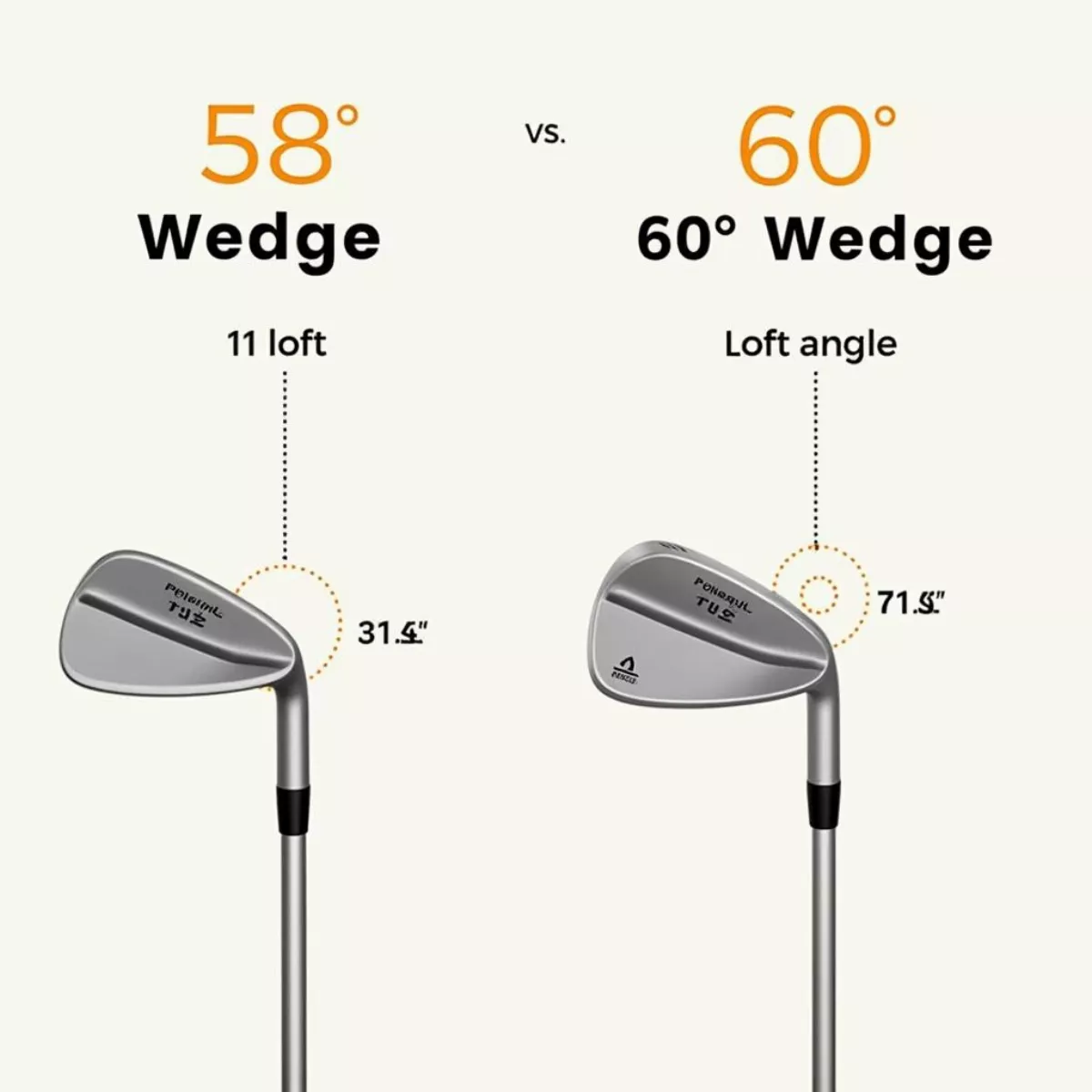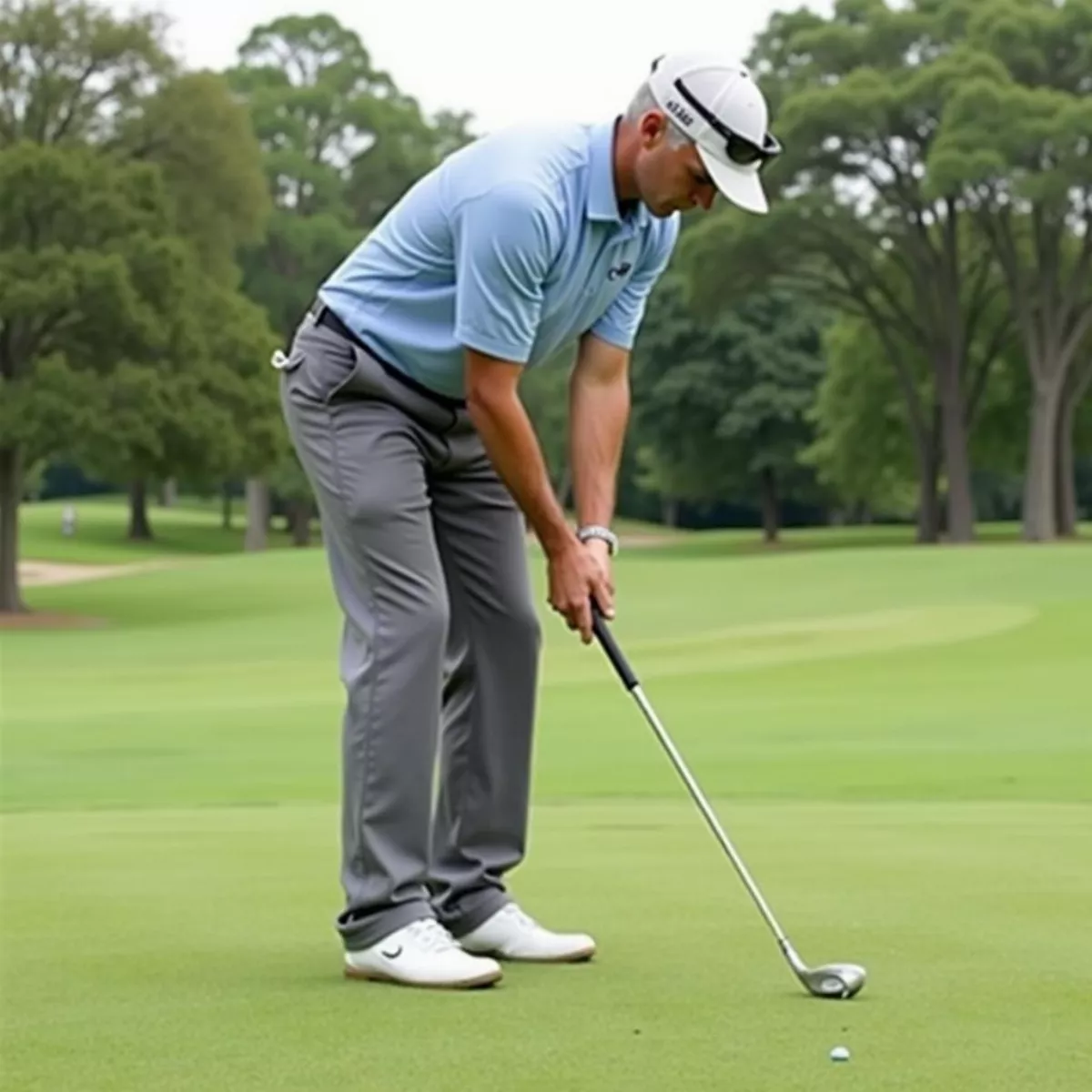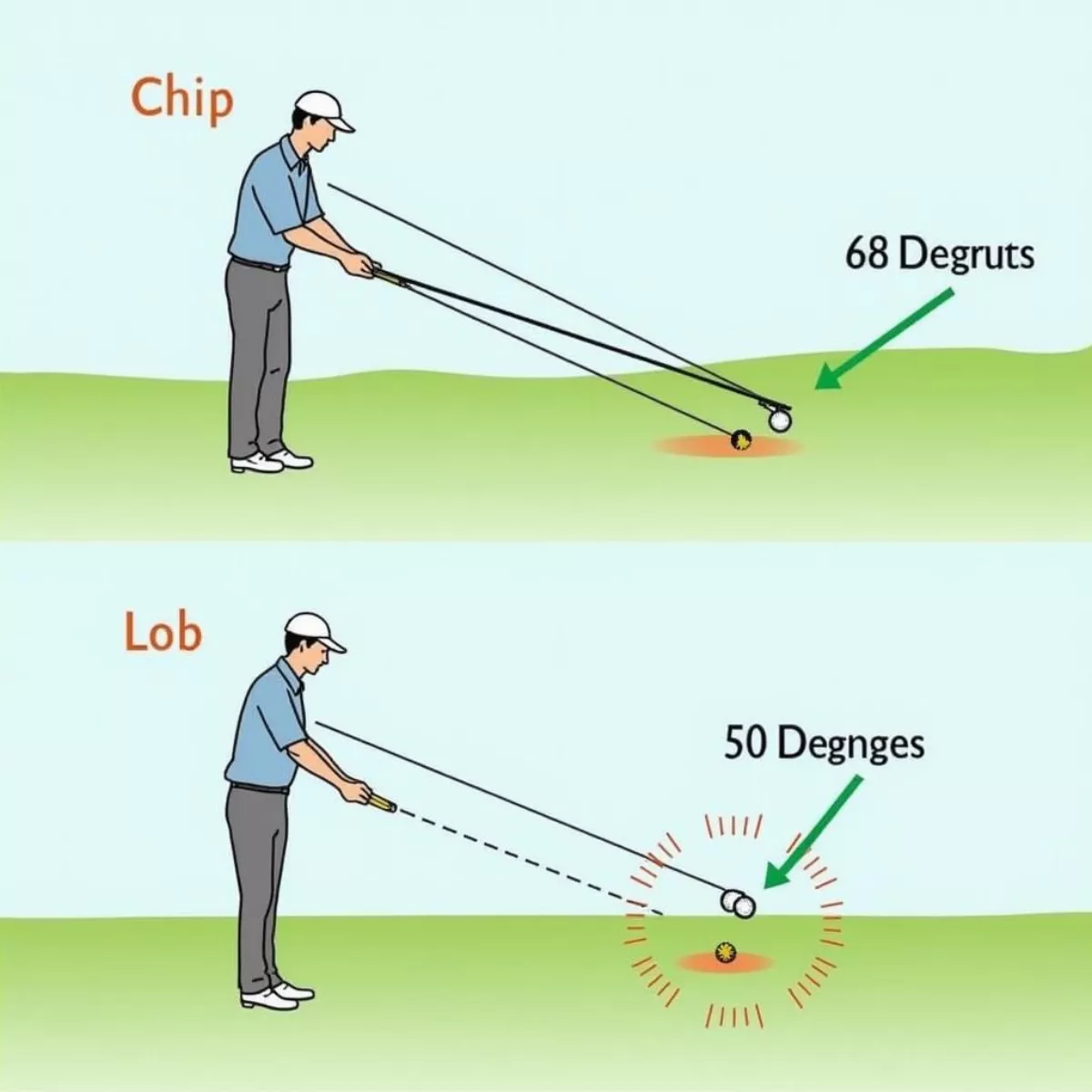When it comes to perfecting your short game in golf, the 58-degree and 60-degree wedges are essential tools for every golfer’s arsenal. These clubs are designed specifically for making precision shots around the greens, allowing you to escape tricky lies, navigate tight pins, and master finesse plays. In this guide, we will explore the differences between these wedges, their purposes, and how to use them effectively.
What Are 58-Degree and 60-Degree Wedges?
Wedges are specialized types of golf clubs that feature a high loft, allowing players to execute short, accurate shots. The 58-degree and 60-degree wedges are commonly used for chipping, pitching, and lob shots.
- 58-Degree Wedge: This club provides a good balance between distance and loft, making it versatile for various shot types. Ideal for reaching the greens from about 90-100 yards.
- 60-Degree Wedge: Often referred to as a lob wedge, this club is designed for high, soft shots. It’s perfect for clearing obstacles like bunkers or getting tight to the pin.
Key Differences
| Feature | 58-Degree Wedge | 60-Degree Wedge |
|---|---|---|
| Loft Angle | 58 degrees | 60 degrees |
| Bounce Angle | Usually between 8-12 degrees | Usually between 4-8 degrees |
| Common Usage | Slightly longer chips, pitch shots | High loft shots, delicate flop shots |
| Distance | 90-100 yards | 65-80 yards |
Why You Should Choose Either Wedge
Choosing between a 58-degree and a 60-degree wedge comes down to your playing style and the types of conditions you frequently encounter on the course.
- 58-Degree Wedge:
- Good for versatility across various lie types.
- More forgiving for players needing to make longer pitch shots.
- Helps with delicate chips distances, offering more roll.
- 60-Degree Wedge:
- Perfect for tight lies and over obstacles.
- Ideal for players who love using a flop shot.
- Provides a higher launch angle, helping the ball stop quicker on the greens.
 Golf Wedges Comparison
Golf Wedges Comparison
Proper Technique for Using 58 and 60-Degree Wedges
Learning how to effectively use either wedge can drastically improve your short game. Here are some techniques to consider.
Grip
- Standard Grip: Keep your grip relaxed yet firm. Use your fingers rather than your palms to grip the club.
Stance
- Ball Position: For chips, position the ball in the center of your stance. For full swings, move it slightly forward to catch it cleanly.
- Weight Distribution: Maintain an even weight on both feet during the swing, transferring weight to your front foot at impact.
Swing Mechanics
- A: Keep it short and controlled; avoid swinging too hard.
- B: Focus on a smooth follow-through, allowing for better touch and control.
 Golfer Using Wedge – Proper Stance and Grip
Golfer Using Wedge – Proper Stance and Grip
Drills to Hone Your Skills
- Lob Shot Drill: Place a towel down a few feet away from the pin. Practice hitting lob shots over it to improve accuracy and distance control with your 60-degree wedge.
- Chipping Drill: Use your 58-degree wedge for chipping practice by setting up targets around the green and aiming to land the ball within a set distance from the hole.
Choosing the Right Wedge for You
When deciding between a 58-degree and 60-degree wedge, take into account your skill level, swing style, and preferred shot types. Here’s a simple guide to help:
- Beginner Golfer: Start with a 58-degree wedge for versatility; it’s easier to control for longer shots.
- Intermediate Golfer: A 60-degree wedge can help master delicate shots around the green.
- Advanced Golfer: Consider having both in your bag for different scenarios.
 Different Golf Wedge Shots
Different Golf Wedge Shots
Maintaining Your Wedges
Taking care of your wedges is crucial for maintaining their performance. Here are a few maintenance tips:
- Clean Regularly: After every round, clean the grooves with a brush to keep them sharp.
- Check Loft/Bounce: Periodically assess your wedges to ensure they maintain the proper angles.
- Inspect for Damage: Look for nicks or scratches that might affect playability, and replace if necessary.
Key Takeaways
- 58-degree and 60-degree wedges are essential for golf short games.
- 58-degree wedges offer versatility, while 60-degree wedges excel in loft and touch.
- Proper technique and practice drills are crucial for making effective use of these clubs.
- Regular maintenance keeps your wedges performing at their best.
FAQ
1. What is the difference between a 58-degree and a 60-degree wedge?
A 58-degree wedge is versatile for longer pitches and chips, while a 60-degree wedge is designed for high, delicate shots.
2. How far can I hit a 60-degree wedge?
Typically, a 60-degree wedge can hit shots between 65-80 yards, depending on your swing and playing conditions.
3. What type of bounce should I look for in a wedge?
The bounce angle determines how the wedge interacts with the ground. A higher bounce is generally better for soft or fluffy lies, while lower bounce suits harder surfaces.
4. Are these wedges suitable for beginners?
While beginners may find a 58-degree wedge easier to use, a 60-degree wedge can also be beneficial once basic skills are developed.
5. Should I have both wedges in my bag?
If your budget allows, having both is advantageous as they serve different purposes on the course.
6. How often should I replace my wedges?
It’s generally recommended to replace wedges every 2-3 years, or as performance decreases.
7. Can I use these wedges from bunkers?
Yes, both wedges can be effective for bunker shots, although the 58-degree may provide more versatility.
8. How do I know which one to buy?
Consider your playing style, swing, and typical golf course conditions when deciding between the two.
9. What is the best way to practice with these wedges?
Focus on variety in your practice: hit different types of shots from various lies and distances.
10. What other wedges should I consider?
Other wedges to consider include the 54-degree wedge and approach wedges, depending on your skill level and needs.
In conclusion, mastering your short game with a 58-degree or 60-degree wedge is a worthy investment in your golf skills. Practice and the right technique will set you on the path to lowering your scores and elevating your game. Happy golfing!